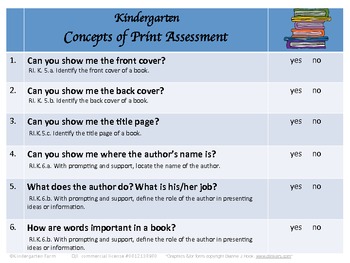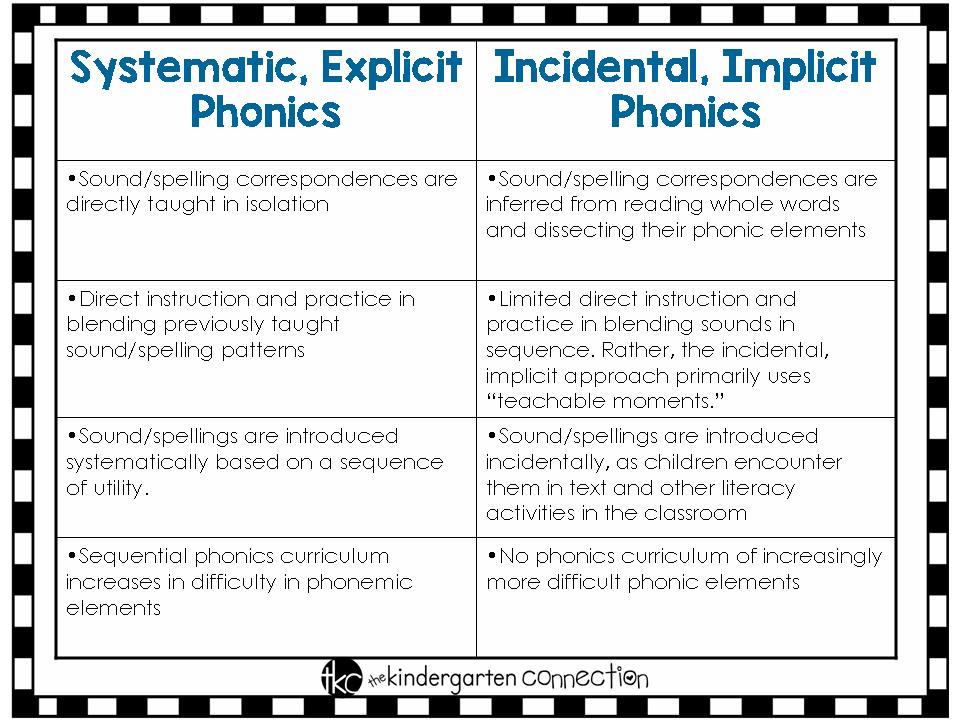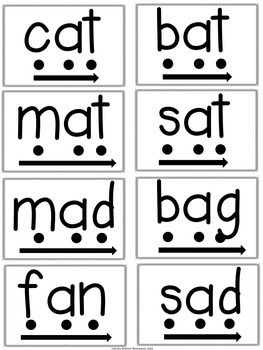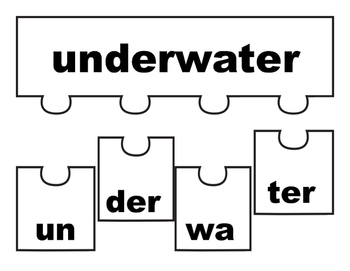Module 4 Definitions
Phonemic Awareness (n.) - the ability to notice, think about, and work with the individual sounds in words; the ability to heard, identify, and manipulate individual sounds (phonemes) in spoken words.
Phonemic awareness is important because it is usually a strong predictor of later success or difficulty in reading. Before children even learn to read print, they must become more aware of how the sounds in words work.

Concepts of Print (n.) - the ability of a child to know and recognize the ways in which print "works" for the purposes of reading, particularly with regard to books.
Having knowledge of the concepts of print is critical in English reading and writing. They are predictive of how well a student will be able to read in their early grades. Students can struggle and fall behind if they do not have knowledge that the teacher assumes them to have, especially if those discrepancies go unnoticed.

Morphology (n.) - the study of word structure and how words are formed from morphemes. It relates to segmenting of words into affixes and roots or base words, and the origins of words.

Students expanding their vocabulary is directly tied into their understanding that words connected by meaning can be connected by spelling as well.
Systematic Phonics Approach (n.) - the direct teaching of a set of letter-sound relationships in a clearly defined sequence.

Systematic phonics instruction is important because it results in better growth in children's ability to comprehend what they read than non-systematic or no phonics instruction. The ability to read the words in a text accurately and quickly is tied to successful reading comprehension.
Blending (n.) - the ability to string together the sounds that each letters stands for in a word.

Blending is important because being able to join speech sounds together to make words helps students decode unfamiliar words using letter-sound patterns when reading. Difficulty with blending abilities is a sign of struggling readers.
Segmenting (n.) - the ability to break words down into individual sounds or syllables.
 Segmenting is important because in order to write or type words, children must break the word down into smaller components. Children who have strong phonemic awareness skills demonstrate better literacy growth.
Segmenting is important because in order to write or type words, children must break the word down into smaller components. Children who have strong phonemic awareness skills demonstrate better literacy growth.
Phonemic awareness is important because it is usually a strong predictor of later success or difficulty in reading. Before children even learn to read print, they must become more aware of how the sounds in words work.

Concepts of Print (n.) - the ability of a child to know and recognize the ways in which print "works" for the purposes of reading, particularly with regard to books.
Having knowledge of the concepts of print is critical in English reading and writing. They are predictive of how well a student will be able to read in their early grades. Students can struggle and fall behind if they do not have knowledge that the teacher assumes them to have, especially if those discrepancies go unnoticed.

Morphology (n.) - the study of word structure and how words are formed from morphemes. It relates to segmenting of words into affixes and roots or base words, and the origins of words.

Students expanding their vocabulary is directly tied into their understanding that words connected by meaning can be connected by spelling as well.
Systematic Phonics Approach (n.) - the direct teaching of a set of letter-sound relationships in a clearly defined sequence.

Systematic phonics instruction is important because it results in better growth in children's ability to comprehend what they read than non-systematic or no phonics instruction. The ability to read the words in a text accurately and quickly is tied to successful reading comprehension.
Blending (n.) - the ability to string together the sounds that each letters stands for in a word.

Blending is important because being able to join speech sounds together to make words helps students decode unfamiliar words using letter-sound patterns when reading. Difficulty with blending abilities is a sign of struggling readers.
Segmenting (n.) - the ability to break words down into individual sounds or syllables.

References
http://www.bemidji.k12.mn.us/wp-content/uploads/2014/03/Phoneme-Segmentation-Activities2.pdf
http://www.allkindsofminds.org/word-decoding-blending-and-segmenting-sounds-impact-of-memory
https://homeschoolingwithdyslexia.com/teaching-blending-early-readers/
https://www.scholastic.com/dodea/Module_2/topic5.htm
http://www.ldonline.org/article/27876/
https://education.wm.edu/centers/ttac/resources/articles/teachtechnique/teachingmorphology/index.php
https://www.begintoread.com/articles/phonemic-awareness.html
Comments
Post a Comment